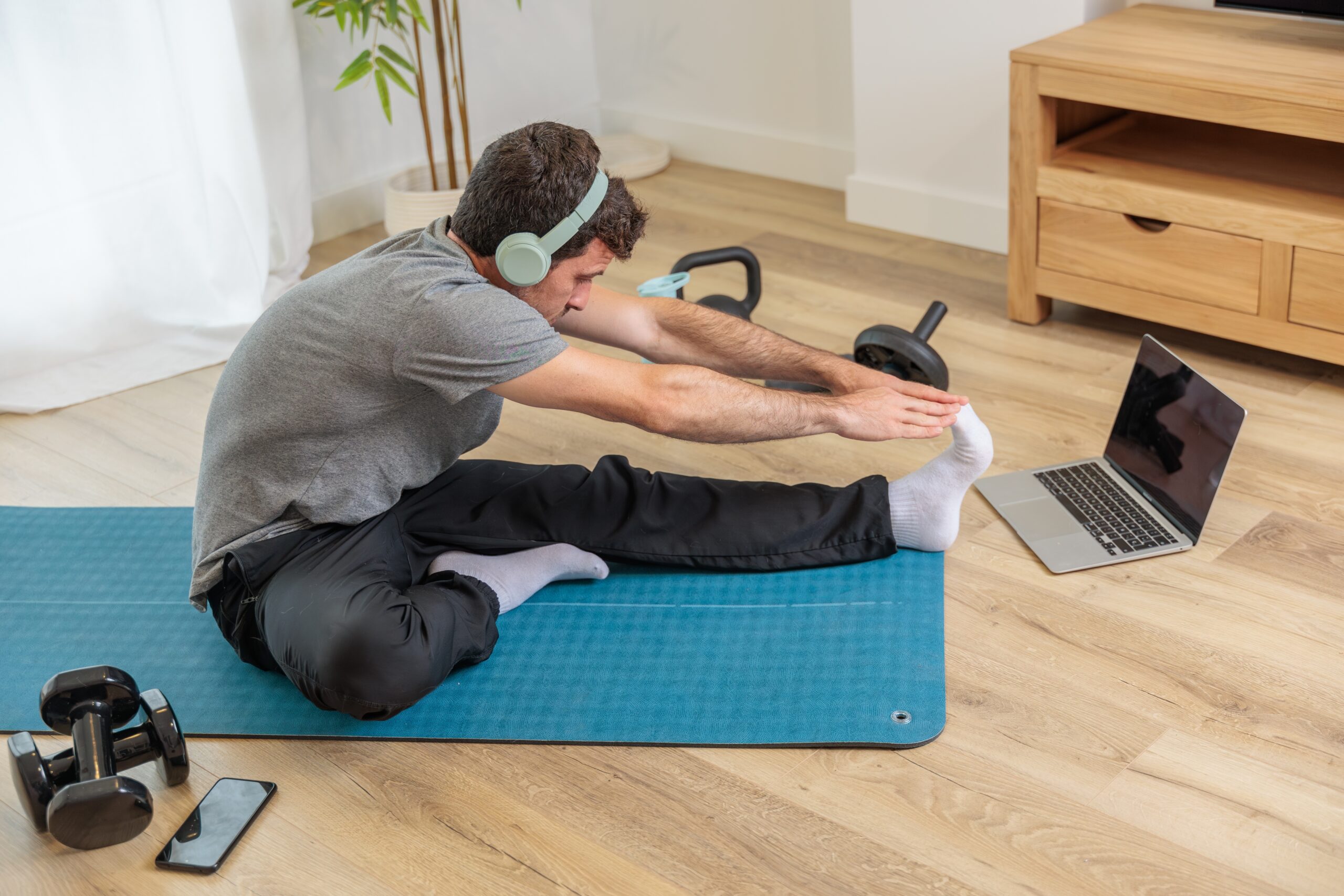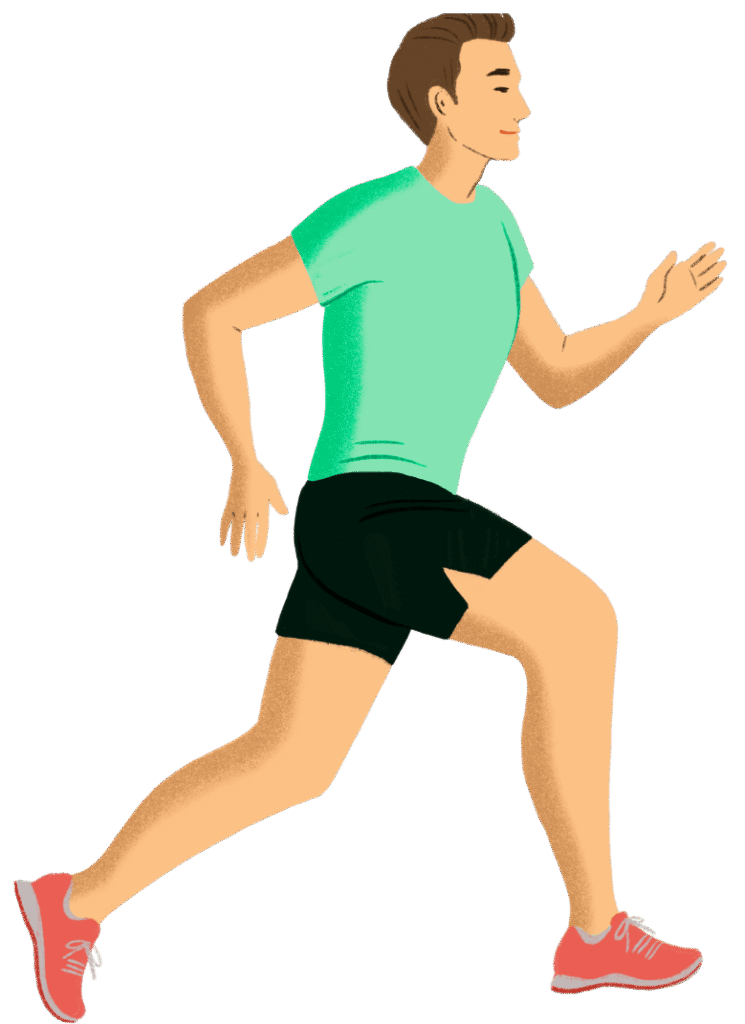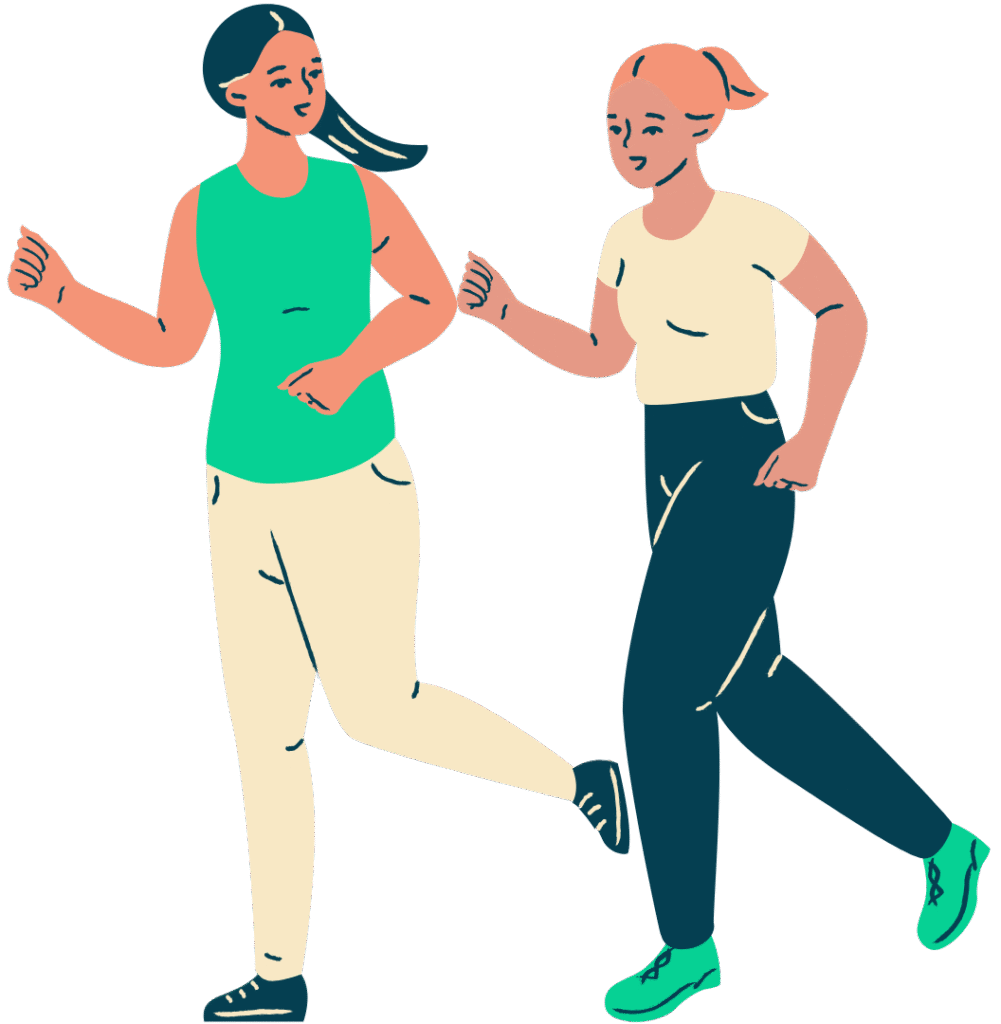With the explosion of at-home workout videos, how can you tell if one is genuinely beneficial or a potential hazard?
Story Overview
- Surge in at-home workout videos since the COVID-19 pandemic.
- Key indicators of unsafe or ineffective workout videos.
- Consumer protection and injury prevention focus.
- Expert insights from fitness professionals and medical sources.
The Surge of At-Home Workout Videos
Since the onset of the COVID-19 pandemic, there has been a dramatic increase in the availability and consumption of at-home workout videos. With gyms closed and people confined to their homes, many turned to online platforms for fitness solutions. Social media sites like YouTube and Instagram became the go-to sources, offering a wide array of workout routines that promised to keep viewers fit without leaving the house.
However, this surge in digital content has also led to the proliferation of unvetted and potentially unsafe workout routines. As these videos continue to gain popularity, the need for viewers to critically assess the content they consume becomes paramount. This article explores the key warning signs of unsafe at-home workout videos and provides guidance on how to avoid them.
Identifying Unsafe Workout Videos
One of the most telling signs of a potentially harmful at-home workout video is the lack of proper instruction or demonstration. Videos that fail to clearly explain or demonstrate correct form can greatly increase the risk of injury, especially for beginners who may not be familiar with the exercises. Proper form is essential to maximizing the benefits of a workout while minimizing the risk of harm.
Another red flag is the promotion of extreme or advanced moves without providing modifications. Routines featuring high-intensity or complex exercises, such as handstand push-ups or furniture lifting, without offering safer alternatives can pose significant risks to the average viewer. It is crucial that workout videos cater to a broad range of fitness levels and provide options for those who may not be able to perform advanced moves safely.
The Importance of Credentials and Guidance
The credibility of the content creator is another critical factor to consider when evaluating the safety of an at-home workout video. Videos produced by non-certified individuals or those lacking references to established fitness principles are less trustworthy. Certified trainers and experts in the field of health and fitness provide evidence-based guidance that can help ensure the safety and effectiveness of workout routines.
A safe and effective workout video should also emphasize the importance of a suitable environment and proper equipment use. Videos that ignore these elements, such as advocating for workouts in cluttered spaces or using makeshift equipment, should be approached with caution. A safe workout environment is essential to reducing the risk of injury and ensuring a positive exercise experience.
Expert Insights and Consumer Awareness
Fitness professionals and health experts consistently emphasize the need for proper form, gradual progression, and individualized routines. They warn against following routines that are too advanced or lack clear instruction, particularly those promoted by non-certified influencers. Experts also highlight the importance of critical evaluation and digital literacy among consumers to prevent injury and promote safe exercise habits.
As the popularity of home workouts continues, viewers must remain vigilant and discerning in their choice of workout videos. By following expert recommendations and being aware of the key indicators of unsafe content, individuals can enjoy the benefits of at-home workouts without compromising their health and safety.
Sources:








